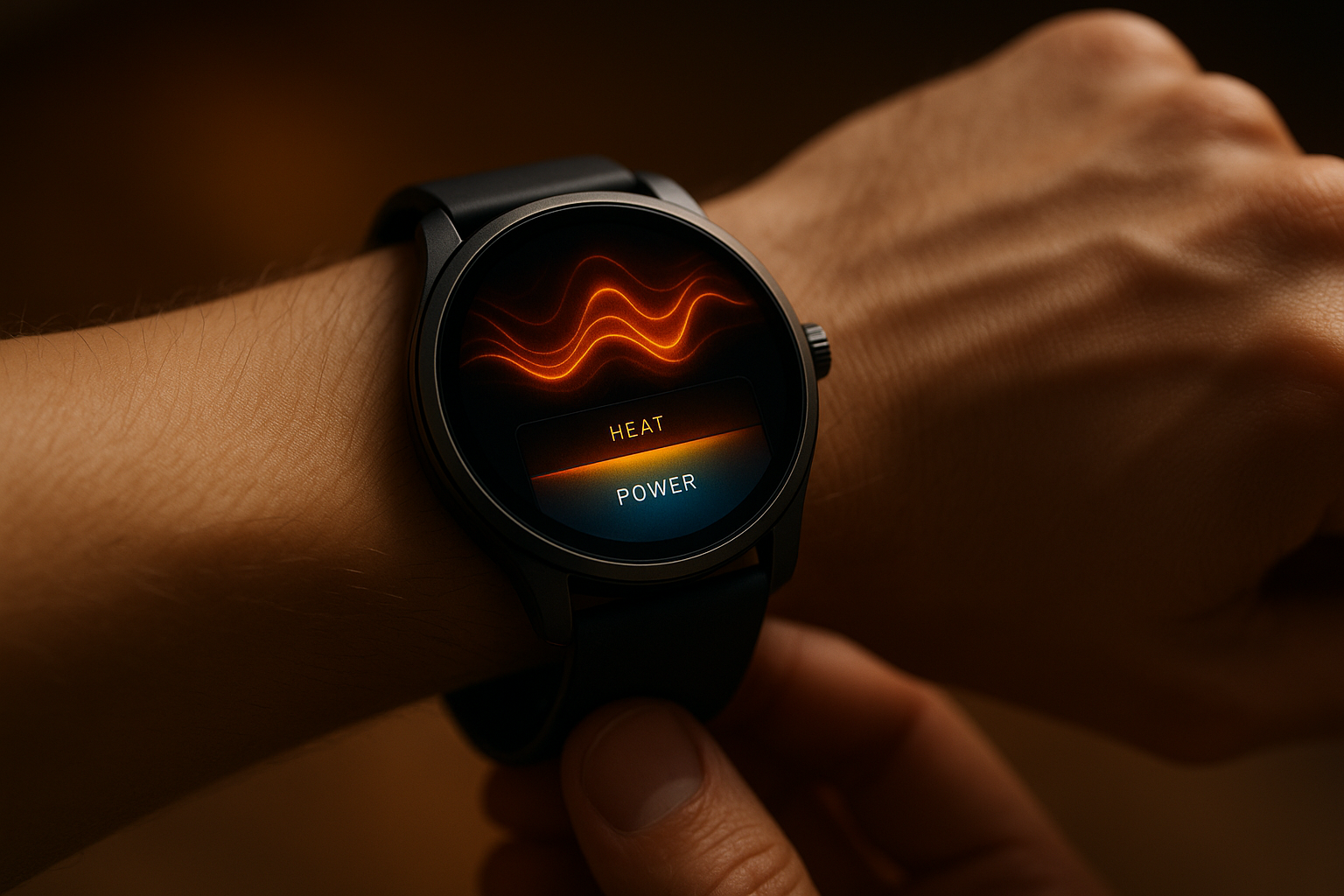Unveiling the Potential of Thermal Energy Harvesting in Consumer Electronics
The world is buzzing about renewable energy, but there's one source that's often overlooked – heat. Thermal energy, which is essentially heat energy, is often wasted, yet it holds immense potential in the field of consumer electronics. This article digs into the background, current developments, and future implications of thermal energy harvesting in our everyday tech gadgets.

Background: The Underutilized Power of Heat Energy
The concept of thermal energy harvesting is not new. It dates back to the 19th century when French physicist Jean Peltier discovered the Peltier Effect, which generates electricity from temperature differences. However, the concept has not been widely harnessed until recently with the advent of new materials and miniaturization technologies. The use of thermoelectric generators (TEGs) in space missions by NASA highlighted the potential of thermal energy as a renewable power source.
The Current State of Thermal Energy Harvesting
Recently, thermal energy harvesting has gained attention in the consumer electronics sector. For example, Matrix Industries, a Silicon Valley startup, launched a smartwatch that uses body heat to recharge its battery. The PowerWatch 2 never needs charging, owing to an advanced thermoelectric generator that captures body heat and converts it into electricity.
The Market Impact and Price Point
While it’s too early to predict the exact market impact of thermal energy harvesting, it’s likely to bring a significant shift in the consumer electronics sector. Devices that utilize thermal energy harvesters could reduce dependency on conventional batteries, leading to more sustainable and eco-friendly products. As for pricing, the technology is currently expensive due to the high cost of thermoelectric materials and complex manufacturing processes. However, the price is expected to drop as the technology matures and scales.
The Potential of Thermal Energy Harvesting
The potential applications of thermal energy harvesting are vast, particularly in wearable technology. Imagine fitness trackers, smartwatches, and even medical devices that never need recharging because they use your body heat as a power source. Other potential applications include powering IoT devices and remote sensors, reducing the need for battery replacements and making these devices more sustainable.
The Road Ahead: Challenges and Opportunities
While thermal energy harvesting holds great potential, it also presents some challenges. The efficiency of TEGs is currently quite low, and significant heat is required to generate a small amount of electricity. Moreover, the high cost and complex manufacturing processes hinder its widespread adoption. Despite these challenges, the future is promising. With continuous advancements in material science and manufacturing techniques, thermal energy harvesting is set to transform the consumer electronics landscape in the years to come.
In conclusion, thermal energy harvesting in consumer electronics is a fascinating field with enormous potential. The ability to harness wasted heat energy could usher in a new era of sustainable, battery-free devices. Although the technology is still in its infancy, its potential implications are far-reaching and exciting. As we continue to seek renewable energy solutions, thermal energy harvesting could well be the next big thing in our quest for a sustainable future.




